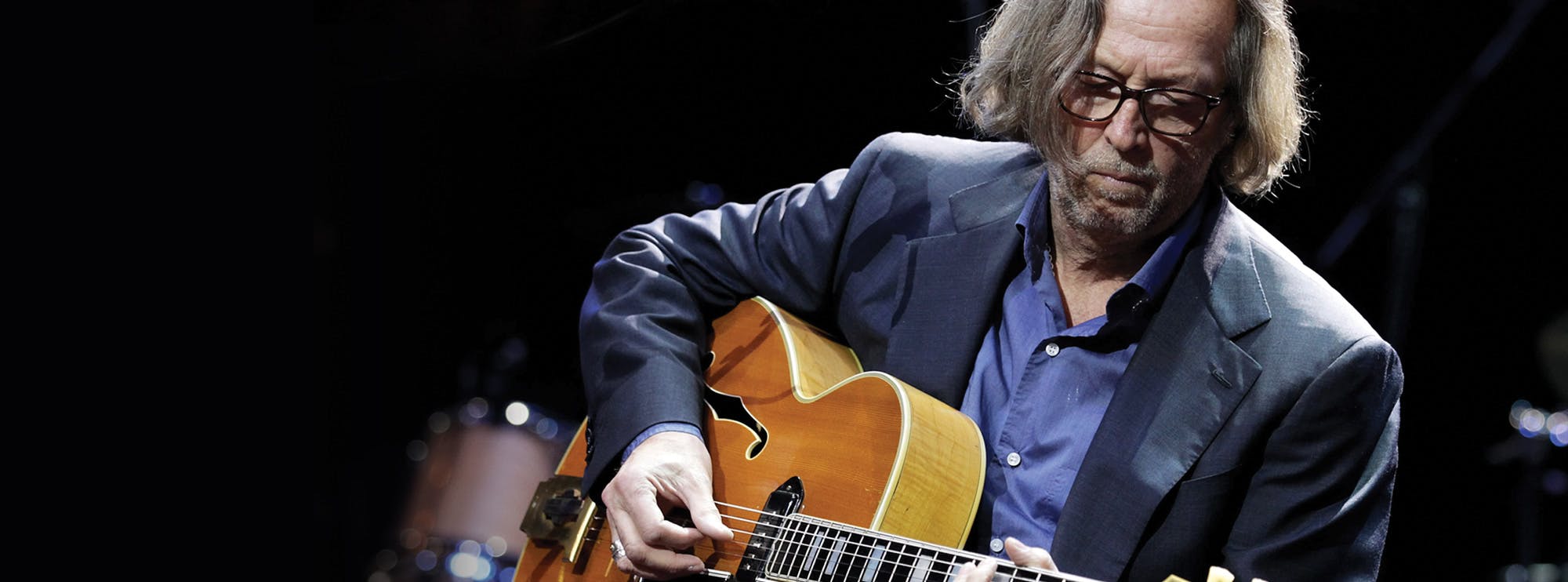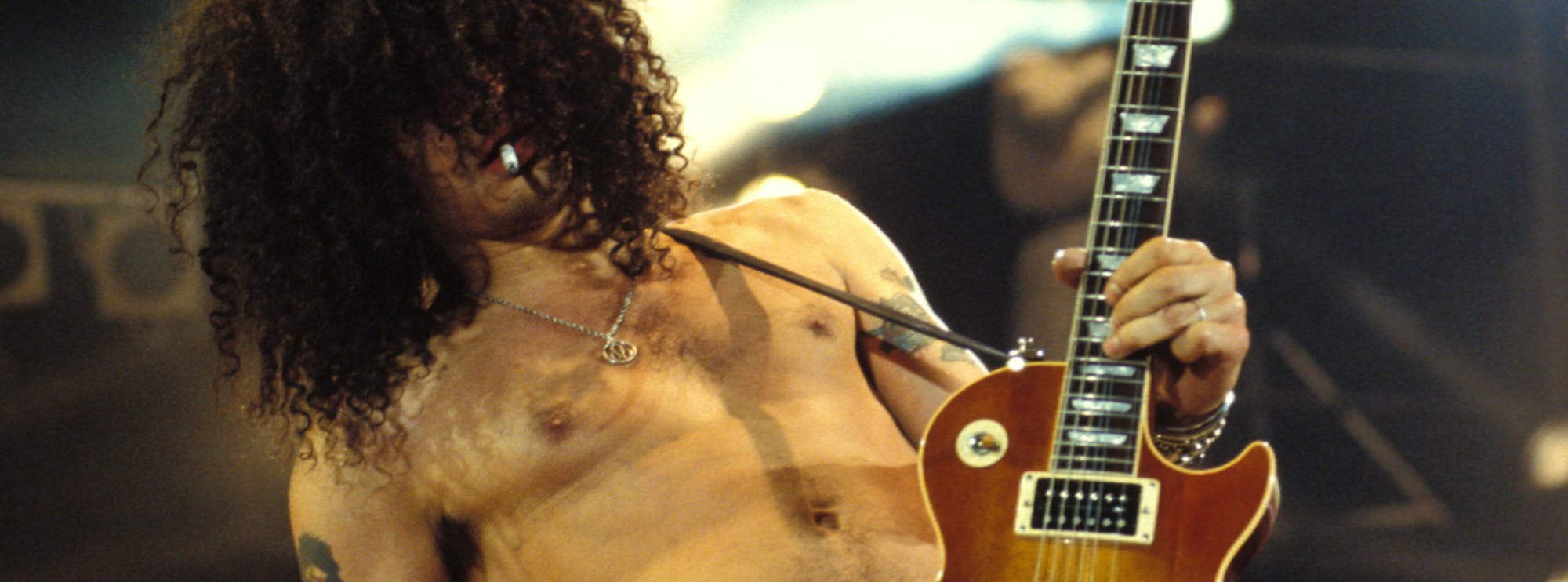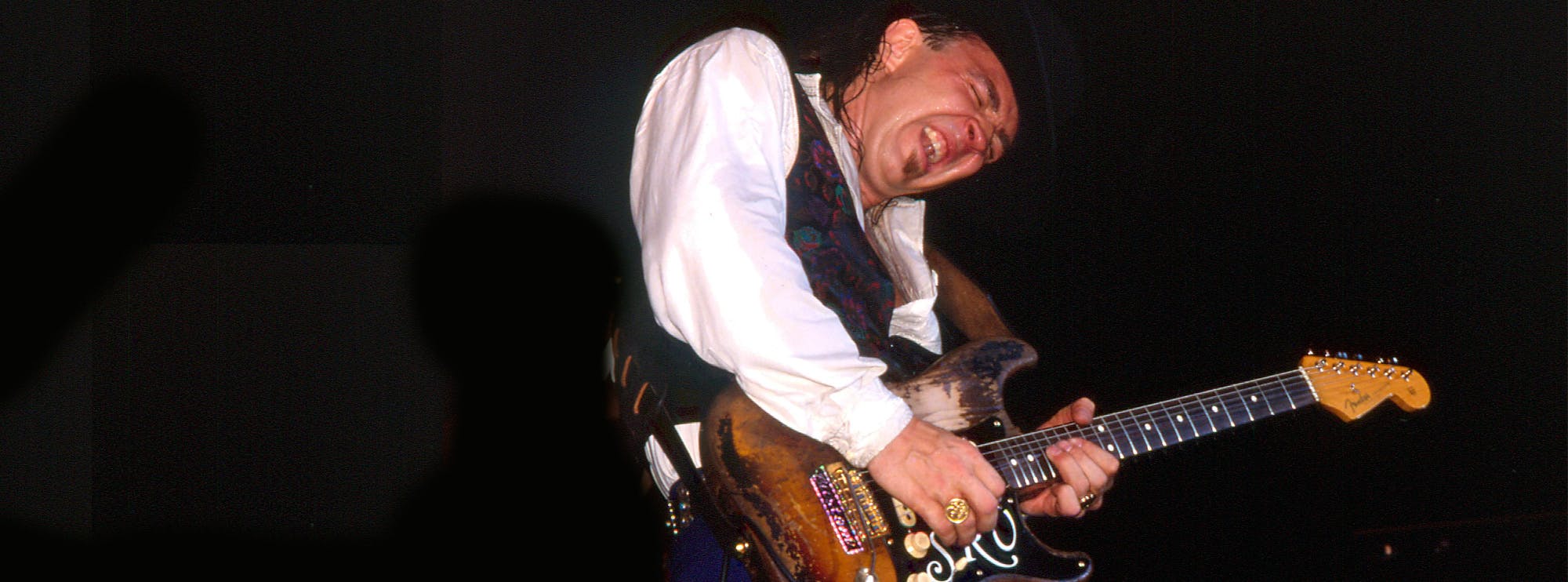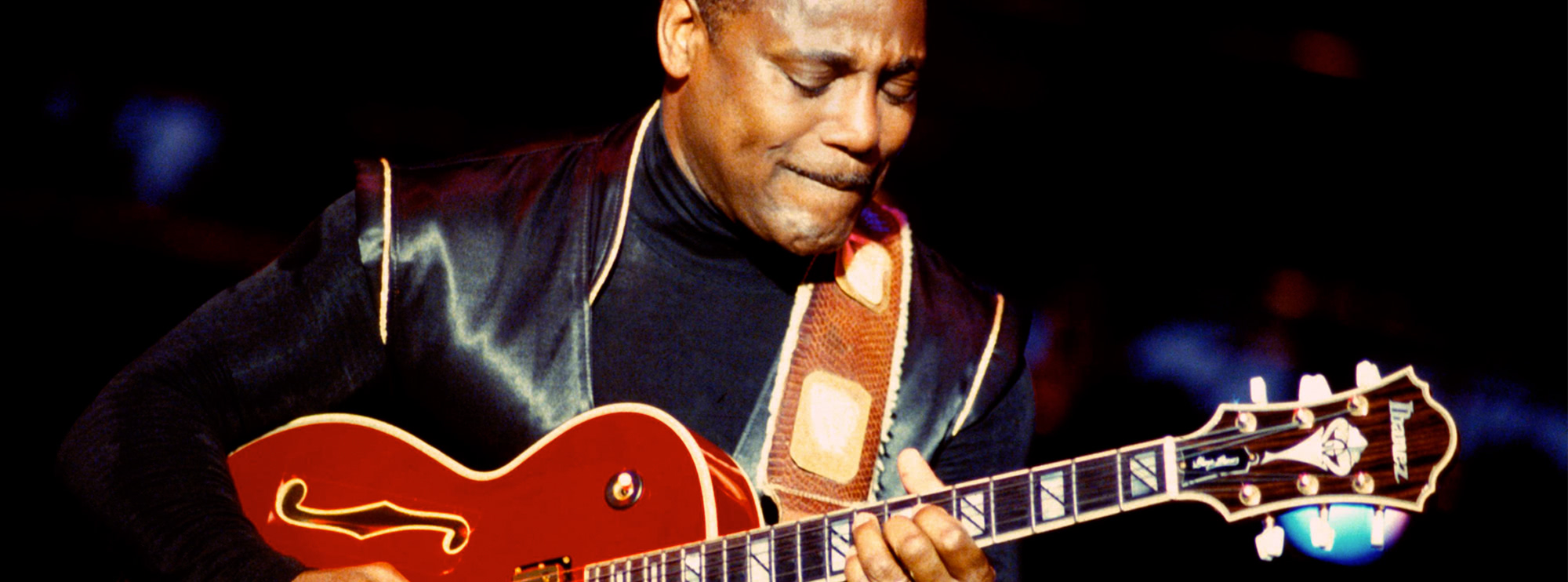"That's Life" by David Lee Roth - Note for Note Guitar Lesson
David Lee Roth’s version of “That’s Life” from his 1986 album Eat ‘Em and Smile is a high-energy rock rendition of the classic song, made famous by Frank Sinatra. While the song retains its iconic swing and jazzy undertones, Roth’s version injects it with a heavy dose of rock and roll, driven by intricate guitar work. In this lesson, we’ll break down some of the key guitar techniques used in “That’s Life,” including chord progressions, barre chords, and syncopated rhythms. By mastering these techniques, you’ll not only capture the essence of the song but also develop essential skills that can be applied to a wide range of musical styles. This lesson is taught by Sam Bell.
Techniques Included
Chord Progressions
Chord progressions form the backbone of “That’s Life”, providing the harmonic structure that guides the melody and rhythm. In this track, the chord progressions blend elements of jazz, blues, and rock, moving smoothly between major and minor chords to create a rich and dynamic feel. The progressions add sophistication to the song while maintaining the driving energy that defines Roth’s version.
Mastering chord progressions will give you a deeper understanding of how songs are structured. This knowledge will help you anticipate the harmonic flow of a song, making it easier to play by ear or improvise over changes. Understanding chord progressions will also improve your songwriting skills, allowing you to create more interesting and varied harmonic patterns. By learning the chord progressions in “That’s Life,” you’ll develop your ability to play in different genres, from rock to jazz and blues, and gain a greater appreciation for the harmonic richness of the song.
Barre Chords
Barre chords are an essential part of the rhythm section in “That’s Life.” Barre chords are created by using one finger to press down multiple strings across the fretboard, allowing you to play movable chord shapes that can be transposed to different keys. In this track, barre chords are used to give the song a driving, powerful feel, adding weight to the rhythm guitar parts. These barre chords are central to the song's rock foundation and help maintain the song’s strong, upbeat energy.
Barre chords are a crucial skill for any guitarist. They allow you to play chords in multiple positions across the neck, giving you the flexibility to move between keys without changing chord shapes. Learning barre chords will improve your finger strength and dexterity, as pressing down multiple strings requires control and endurance. Barre chords are especially useful in rock, pop, and blues music, making them a fundamental technique for rhythm guitarists. Mastering barre chords will enhance your ability to play tight, rhythmically driven guitar parts, just like in “That’s Life.”
Syncopated Rhythms
One of the defining features of “That’s Life” is its use of syncopated rhythms. Syncopation involves playing off the beat or emphasizing notes that fall on weak beats, creating a rhythmic tension that gives the music a lively, unpredictable feel. In this song, the syncopated rhythms in the guitar parts add a layer of complexity to the driving groove, giving the song a swinging, dynamic quality.
Mastering syncopation will improve your timing and rhythmic flexibility. Syncopated rhythms are commonly used in jazz, funk, and rock, and they can add a unique, engaging feel to your playing. By practicing syncopation, you’ll develop a better sense of rhythm and timing, which will enhance your ability to play more complex and interesting rhythmic patterns. Learning to play syncopated rhythms, as found in “That’s Life,” will help you bring more groove and variation to your rhythm playing, making your guitar work stand out in any musical setting.
The Guitarist Behind the Song
Steve Vai, the guitar virtuoso behind David Lee Roth’s Eat ‘Em and Smile album, brings his signature blend of technical brilliance and creativity to “That’s Life.” Vai’s playing on this track, while more restrained than some of his other work, is a masterclass in rhythm guitar, with tight chord progressions, syncopated rhythms, and tasteful lead fills. His ability to fuse rock and jazz influences gives the song a unique flavor, and his attention to detail in rhythm playing elevates the track beyond a typical cover.
Vai is known for his incredible technical ability, but on “That’s Life,” he focuses on creating a solid, grooving foundation with rhythmic precision and expressive chord work. His influence on the song is subtle yet impactful, showing that great guitar playing isn’t just about flashy solos—it’s also about supporting the song with strong rhythm and groove. Learning to play “That’s Life” will give you insight into Steve Vai’s approach to rhythm guitar, helping you develop a solid foundation of rhythm and chordal techniques that you can apply to any style.
Guitar Techniques Used in This Lesson
By mastering the techniques found in “That’s Life,” you’ll not only be able to play this classic track note for note but also improve your overall guitar skills. Understanding chord progressions will enhance your ability to navigate the harmonic structure of any song, while barre chords will give you the tools to play rhythm guitar with confidence and flexibility. Learning syncopated rhythms will add a new level of groove and complexity to your playing, allowing you to create more engaging and dynamic rhythm parts.
These techniques are essential for any guitarist looking to expand their rhythm guitar skills, especially in genres like rock, jazz, and blues. Dive into this lesson and unlock the secrets behind Steve Vai’s guitar work on “That’s Life,” and bring new depth and creativity to your playing!
About The Tutor
Tutor Profile
Sam Bell
Sam Bell has been playing guitar from the age of 4, since then he has played many styles from Funky Blues to screaming Metal/Fusion on 8 string guitar. A member of UK tech metal band ‘Mask of Judas’, he is also currently writing his own solo instrumental album. He also...



